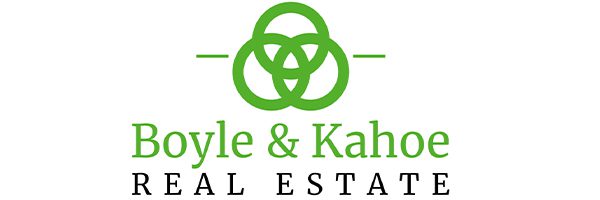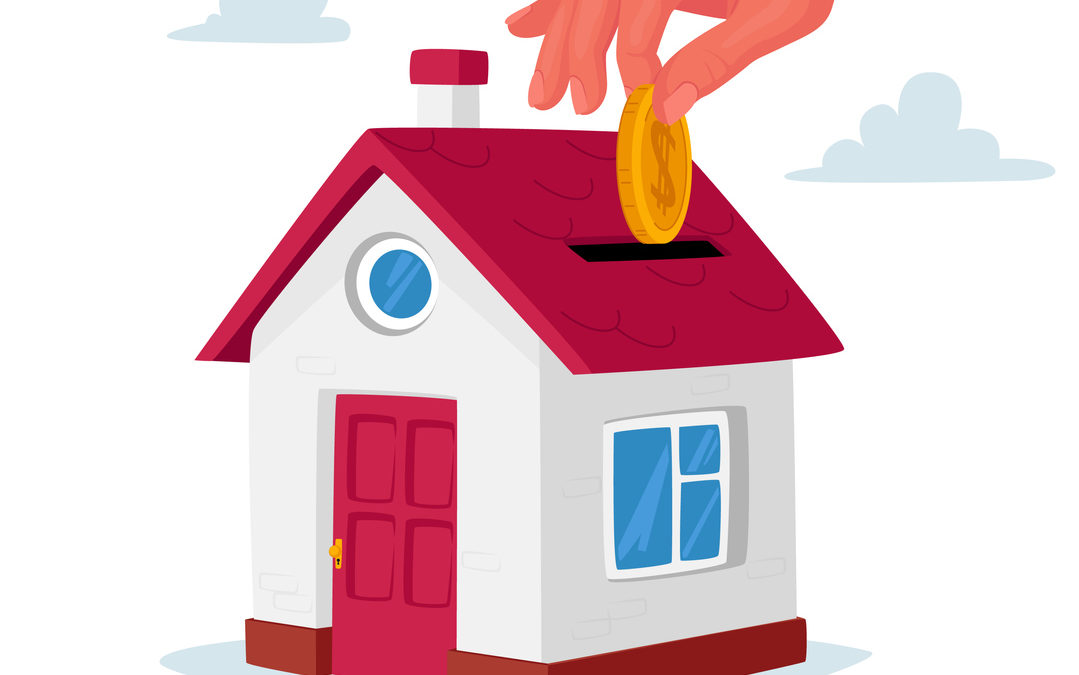Options When Borrowing Against Home Equity
One of the benefits of owning a home is the opportunity to build equity over time. Remodeling and renovations in a home, as well as paying off a credit card or tuition loan are just a few of the ways that home equity loans can be used. What is home equity? How does it work? Let’s take a closer look at the basics of home equity and how it provides a valuable opportunity for building wealth, shifting your debt into an asset.
What is Home Equity and Why Is It So Important?
Home equity is the portion of a homeowner’s loan that has been paid off. It is the portion of the property that the lender no longer has a stake in. Home equity is the current market value of a home minus what is owed on the house. A home equity calculator can give you an idea of what your home is worth and how much equity you may have if you’re thinking about selling your home or borrowing a chunk of your equity. Additionally, a home appraisal can provide the value of your house, if more specific numbers are needed.
Gains in the value of home equity come with the paying down of the principal of a mortgage loan, as well as with an increase in the market value of the home over time. Every month when a mortgage payment is made, the mortgage balance is decreasing and the home equity is increasing. In order to calculate your home equity, the amount of the outstanding mortgage loan is subtracted from the price paid for the property. Once a mortgage is paid off in full, the homeowner will have 100% equity in the home.
Most property values do not remain the same over time. Home appreciation averages about 3% each year. Since property value increases depend on location and the economy, there is no way of knowing how long one needs to stay in their home in order to see an increase in value. However, insight can be gained by looking at historical price data and trends for homes in a particular area to see if they are trending up or down.
Paying monthly principal payments and home appreciation build equity and help homeowners create financial stability. Making a larger down payment when the home is purchased instantly builds equity for the new homeowner.
What Options Are Available To Borrow Against Home Equity?
Home equity money comes with lower interest rates, making it a smart way to borrow money.
- Home Equity Loan – A home equity loan works like a second mortgage. You pay this loan back in monthly installments, with interest, while continuing to make your normal payments on your original mortgage. The lender pays this out in one lump sum. This is paid back in monthly installments, with interest, while also continuing to make normal payments on the original mortgage. With the stability of predictable monthly payments, this option is ideal if you have a large, immediate expense.
- Home Equity Line of Credit (HELOC) – This is more like a credit card, only the credit limit is tied to the equity in your home. As with a credit card, you only pay back what you borrow. A person can withdraw as much as needed up to the credit limit during an initial draw period, which is usually up to ten years. As the HELOC principal is paid down, the credit revolves and can be used again. This option provides the flexibility to get money as it is needed. Due to variable rates, the monthly payments can go up or down over the loan’s lifetime.
- Cash-out Refinance – In a cash-out refinance, you refinance for more than what you owe on your mortgage. This option replaces the current mortgage with another, bigger loan. You again receive this extra money in cash that you can use however you want. With this option, the homeowner is borrowing against the equity in the home rather than relying on credit. This provides access to greater funds typically with lower interest rates than other types of financing. These funds can be used for any purpose.
- Reverse Mortgage – This is an option for people that are 62 years or older. Homeowners that own their home outright or have a substantial amount of equity can withdraw a portion of that equity. This money does not have to be repaid in monthly installments. Instead, the lender pays the homeowner each month while they continue to live in the home. This loan must be repaid when the borrower dies, permanently moves out, or sells the home.
What are the Advantages and Disadvantages of Home Equity Loans?
Advantages:
- The mortgage interest may be tax deductible if used for home improvement or mortgage refinancing.
- Lower interest rates are available since the home is the collateral for the loan. It makes the loan less risky than other forms of financing such as credit cards or personal loans.
- It is a long term strategy for building wealth. Your home is an individual’s most valuable asset.
Disadvantages:
- Not always the best financing option for short-term expenses. You could end up paying more interest than you would with other financing options.
- Avoid using it to consolidate high interest debt. Debt consolidation is designed to reduce financial stress. Using a home equity loan unwisely may only create more stress.
- Some lenders charge fees for home equity loans or HELOCs. It is important to pay attention to the annual percentage rate, which includes the interest rate, plus other fees.
- Risk of foreclosure on the home if the homeowner fails to make payments. The home equity is secured by the home, so if payments are not made, the lender can foreclose on the home.
How Does a Homeowner Qualify for a Home Equity Loan?
Lenders have varying borrowing standards and rates. Most lenders have consistent minimum requirements of a credit score of 620 or higher, a maximum loan-to-value ratio of 80%, and a debt-to-income ratio no higher than 43 percent. Most lenders also require a documented ability to repay your loan.
Next steps for Building Equity in Your Home:
There are a number of ways to start building equity in your home.
- The quickest way to build equity is to make a large down payment. The bigger this payment, the more immediate equity in the home.
- Pay more than the minimum required payment each month. Making an extra payment each year, or even an extra $100 a month will help chip away at the loan’s principal balance.
- Stay in your home for more than 5 years. Equity is built when a home increases in value. There is never a guarantee to see the value jump, but odds increase when a homeowner stays in the same residence for longer periods of time.
- Renovate and add curb appeal to your home. Adding an extra bedroom, renovating a kitchen, or investing in landscaping to improve the curb appeal are ways to increase the value of your home.
Equity Can Be Used to Buy a New Home
Whether you are being relocated, or your family has grown and is seeking a new home, equity can help you in the selling and buying process.
For example, if a home you’re selling is worth $240,000, and you’ve built $70,000 worth of equity in it. you’ll leave the closing table with a profit. You probably won’t get the entire $70,000 in equity you’ve built because of real estate fees and some mortgage closing costs. However, you’ll end up with a profit that you can then use for a large down payment on your next home.
With this big down payment, you may be able to get into a larger, more expensive home because your mortgage will be smaller. And with a smaller mortgage, your monthly payment will be lower, too.
Understanding equity is a crucial part of the home buying process. Leveraging the equity in your home can allow you to consolidate debt, pay for renovations, or help pay for a hefty down payment. It is important to explore all of the options and choose the proper type of home equity financing to best meet your needs. A real estate professional can help you understand your options and utilize a home equity loan to your advantage.
In the competitive market we have today, the right real estate Realtor and Broker makes a huge difference.
Boyle and Kahoe Real Estate was founded in April 2019 by Jessica Boyle Tsottles and Robert Kahoe. The brokerage foundation is based on a strong passion for real estate and helping connect clients to the right properties. Jessica Boyle Tsottles is an experienced Realtor in Harford County, and Robert Kahoe is an experienced attorney focusing on real estate, estates and trusts. Together, the two are blending their vast knowledge bases together to start a brokerage that will be able to handle any real estate transaction. Both with local roots to Harford County for over 100 years, they are the area’s best experts! For more information about home equity loans, or to get started in the home buying or selling process, visit our website.

